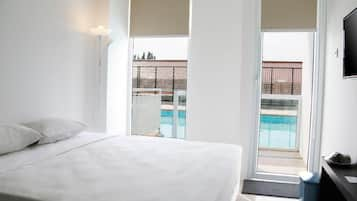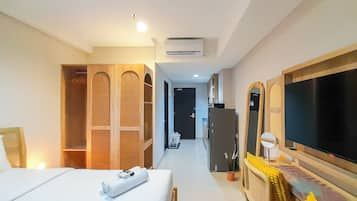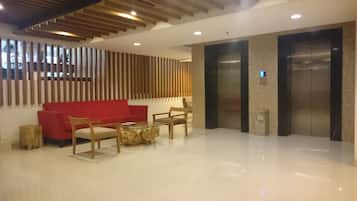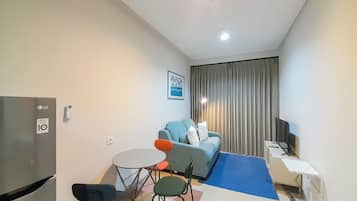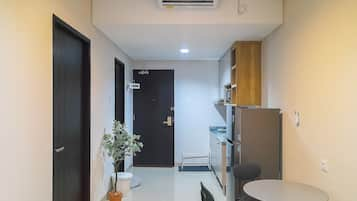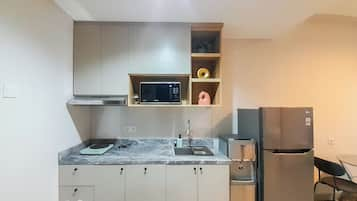Photo by Sharrie Shaw
Search Aparthotels in Tegalrejo
- Change your mindBook hotels with free cancellation
- Be pickySearch almost a million properties worldwide
Check prices for these dates
Next weekend
In two weeks
In one month
In two months
Aparthotels in Tegalrejo
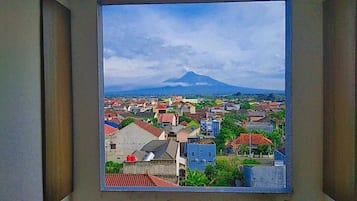
Dremzzz Vivo Jogja
Depok
The price is AED 62
AED 75 total
includes taxes & fees
18 Nov - 19 Nov

Comfortable Studio at Patraland Amarta Apartment
Mlati
The price is AED 125
AED 162 total
includes taxes & fees
18 Nov - 19 Nov

Student Park Hotel
Depok
7.8 out of 10, Good, (25)
The price is AED 65
AED 79 total
includes taxes & fees
18 Nov - 19 Nov

Comfort Stay 1BR at Patraland Amarta Apartment
Mlati
The price is AED 180
AED 222 total
includes taxes & fees
26 Nov - 27 Nov
Lowest nightly price found within the past 24 hours based on a 1 night stay for 2 adults. Prices and availability subject to change. Additional terms may apply.
Save an average of 15% on thousands of hotels when you're signed in
Top Tegalrejo Hotel Reviews
ibis Yogyakarta Adi Sucipto
10/10 Excellent
Frequently asked questions
Explore a world of travel with Expedia
More Accommodation Types in Tegalrejo
- Guest Houses in Tegalrejo
- Apartments in Tegalrejo
- Villas in Tegalrejo
- Hostels in Tegalrejo
- Vacation Homes in Tegalrejo
- B&B in Tegalrejo
- Resorts in Tegalrejo
- RV Parks in Tegalrejo
- Cabin Rentals in Tegalrejo
- Cottages in Tegalrejo
- Lodges in Tegalrejo
- Capsule Hotels in Tegalrejo
- Residences in Tegalrejo
- Holiday Park Resorts in Tegalrejo
- Motels in Tegalrejo
- Hotels
![Batik (Javanese pronunciation: [ˈbateʔ]; Indonesian: [ˈbatɪk]) is a technique of wax-resist dyeing applied to whole cloth, or cloth made using this technique. Batik is made either by drawing dots and lines of the resist with a spouted tool called a canting (IPA: [ʈ͡ʂantiŋ], also spelled tjanting), or by printing the resist with a copper stamp called a cap (IPA: [ʈ͡ʂap], also spelled tjap). The applied wax resists dyes and therefore allows the artisan to color selectively by soaking the cloth in one color, removing the wax with boiling water, and repeating if multiple colors are desired.
A tradition of making batik is found in various countries, including Nigeria, China, India, Malaysia, Philippines and Sri Lanka; the batik of Indonesia, however, is the most well-known. Indonesian batik made in the island of Java has a long history of acculturation, with diverse patterns influenced by a variety of cultures, and is the most developed in terms of pattern, technique, and the quality of workmanship. On October 2009, UNESCO designated Indonesian batik as a Masterpiece of Oral and Intangible Heritage of Humanity.
Source: Wikipedia
These batik clothes are sold at one of the high end hotel's gift shop in Yogyakarta. They are hand drawn and painted and hence command a high price! It ranges over US$200 although some cheap batik at the market can be found for a mere US$2. The difference lies in the quality, the design and also the amount of skill that's needed to make them.
Common batik wear are made from cotton. The ones shown here are silk and limited in quantity produced.
Yogyakarta and Surakata (Solo) are two cities where batik originated in Indonesia.
#unesco](https://mediaim.expedia.com/destination/2/f4b8beec958977ddad4eee1d1d3132b2.jpg?impolicy=fcrop&w=1200&h=500&q=medium)
